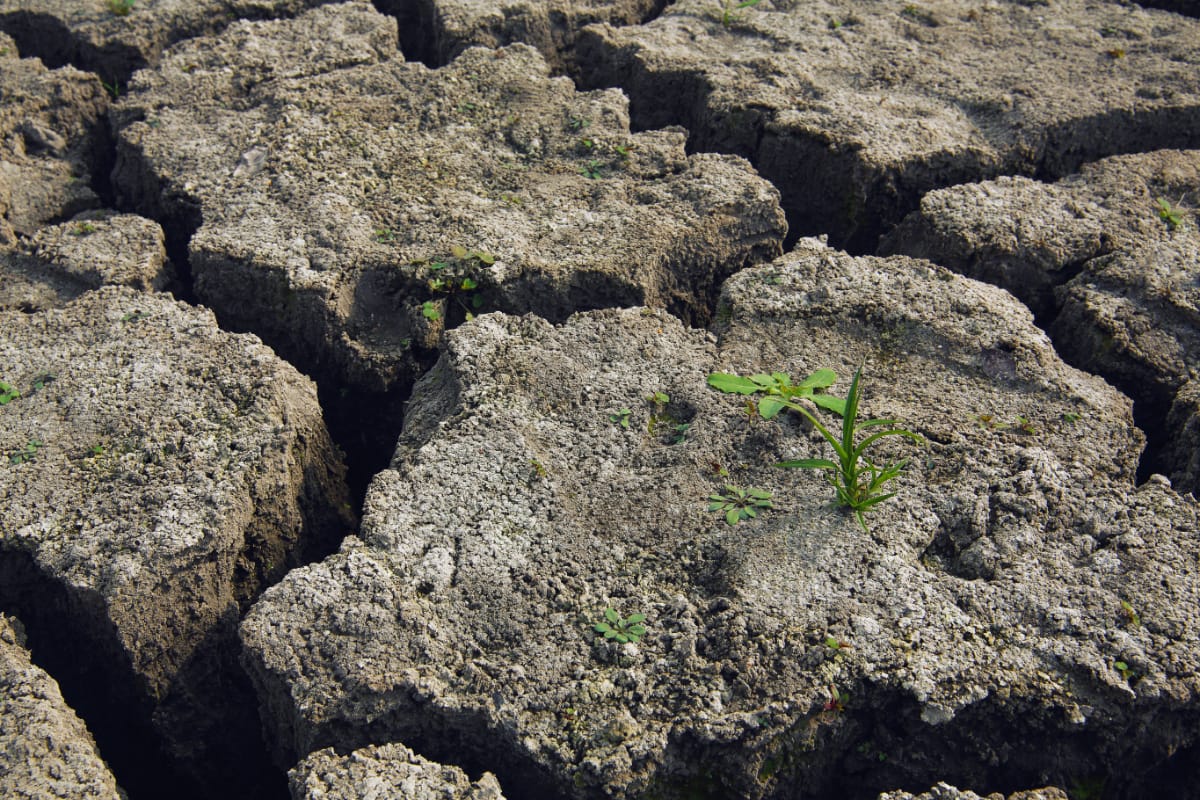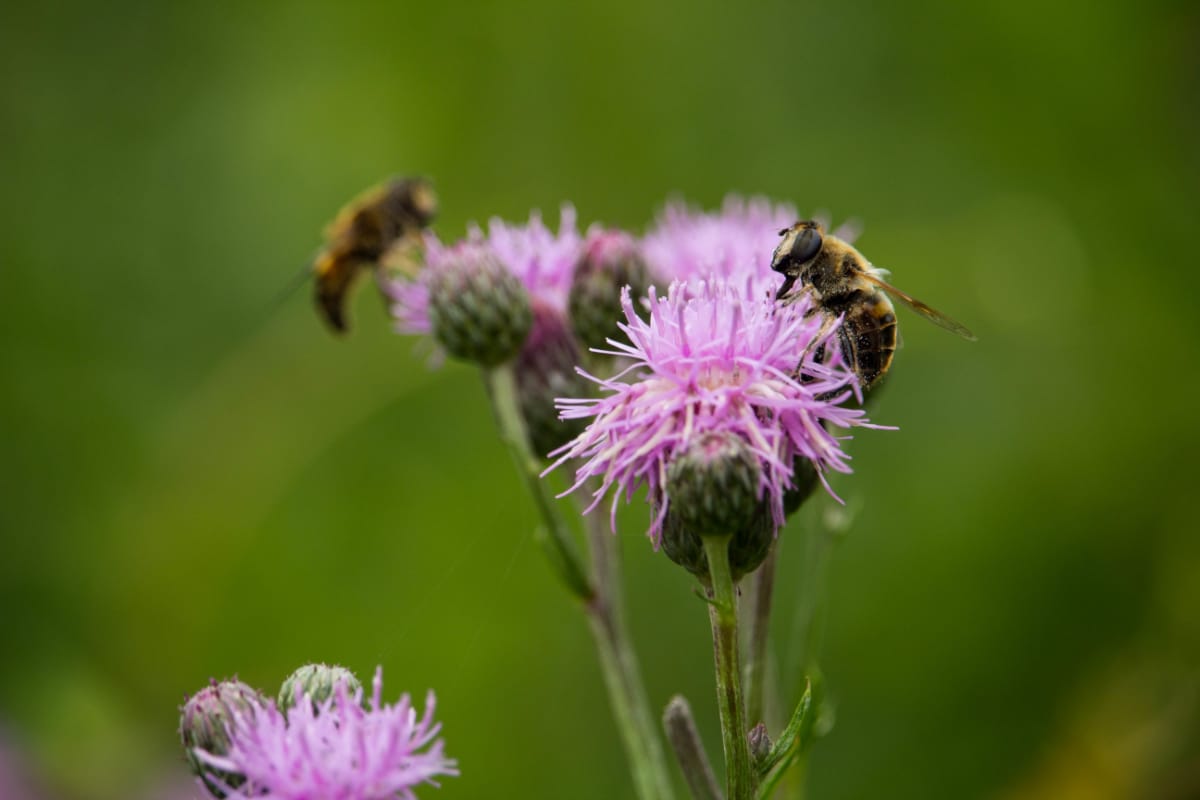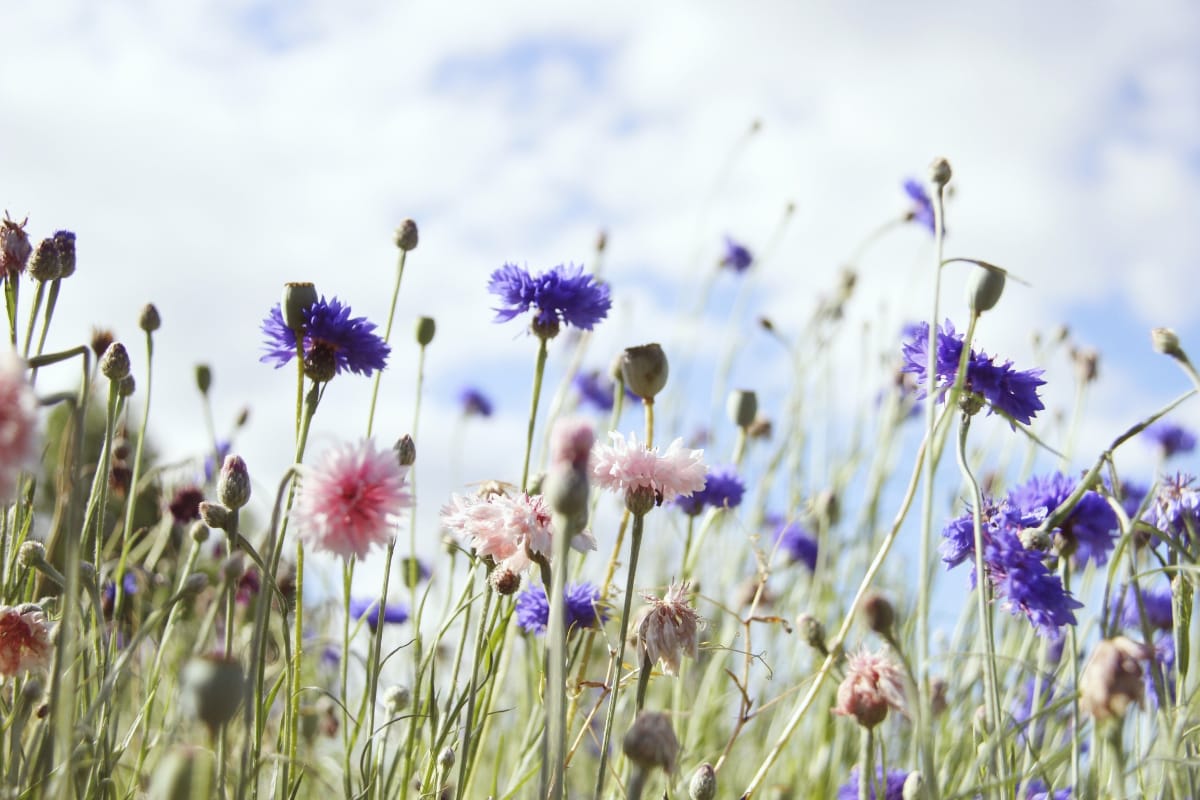Nothing in Basket!
We often admire wildflowers for their vibrant colours and the bustling ecosystem they support. But their beauty is more than skin deep. Beneath the surface lies a complex network of roots working tirelessly to improve the very soil that sustains them. Wildflowers play a crucial role in maintaining and enhancing soil health, a resource vital for all life.
Why is healthy soil so important? Consider these facts:

Wildflowers contribute to soil health in several key ways:
The diverse root systems of wildflowers, varying in depth and spread, create channels in the soil. These channels increase porosity, allowing water and air to penetrate more easily. This process combats soil compaction and improves water retention, helping plants thrive even during dry periods.
Soil erosion is a serious environmental issue. Wildflowers, with their deep taproots (like Devil's Bit Scabious) and dense, shallow roots (like Oxeye Daisy), act as natural anchors. They hold the soil in place, preventing topsoil loss from wind and rain. This helps maintain land stability and protects valuable agricultural land.
Certain wildflowers, particularly legumes like clover and bird's-foot trefoil have a special relationship with nitrogen-fixing bacteria. These bacteria convert atmospheric nitrogen into a form plants can use, enriching the soil and benefiting other species.
Wildflowers also contribute to nutrient cycling. They absorb nutrients from the soil and air, and when they decompose, these nutrients are released back into the soil, becoming available to other plants. Deep-rooted wildflowers like wild carrot and chicory can access nutrients far below the surface, bringing them up and making them accessible to shallower-rooted plants when they die.
Just like other plants, wildflowers absorb carbon dioxide from the atmosphere during photosynthesis. A portion of this carbon is then stored in the soil, contributing to carbon sequestration and helping to mitigate climate change.
So, the next time you're captivated by wildflower meadow, remember the vital work happening beneath your feet. These beautiful blooms are not only a feast for the eyes but also essential partners in maintaining a healthy and thriving environment.

A key part of successful wildflower gardening is "right plant, right place." Choosing native locally sourced and organically grown plants is crucial for minimising your environmental impact. To help you select the perfect wildflowers for your garden, here are some lists based on soil type and typical meadow mixes:

If sowing from seed, broadcast at a rate of 2 grams per square meter, or follow the instructions on the seed packet.
By understanding the vital role wildflowers play in soil health, we can make informed choices about what we plant and how we manage our land, contributing to a healthier planet for all.
Nothing in Basket!
